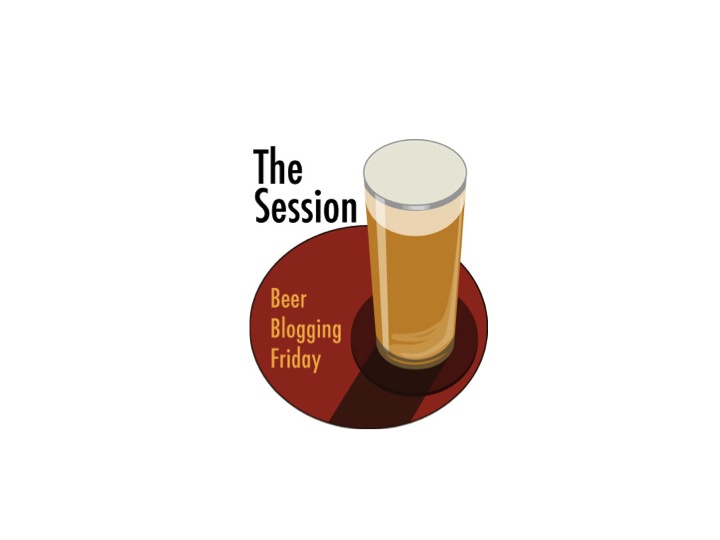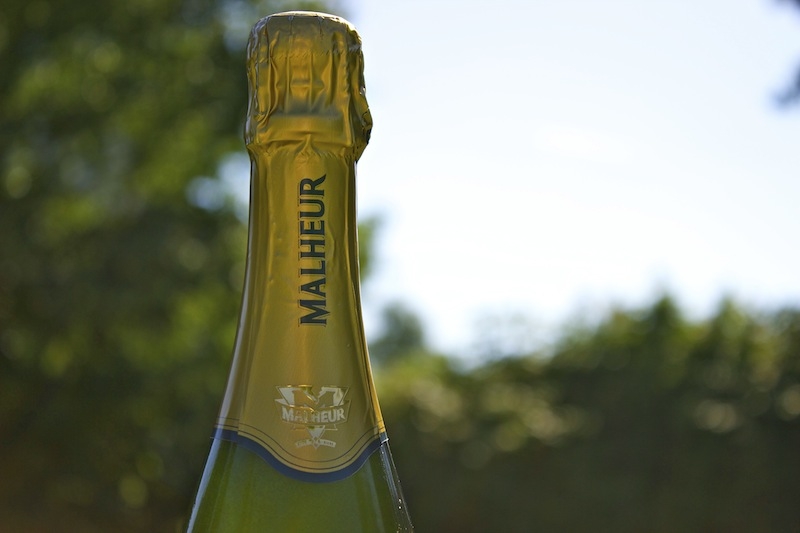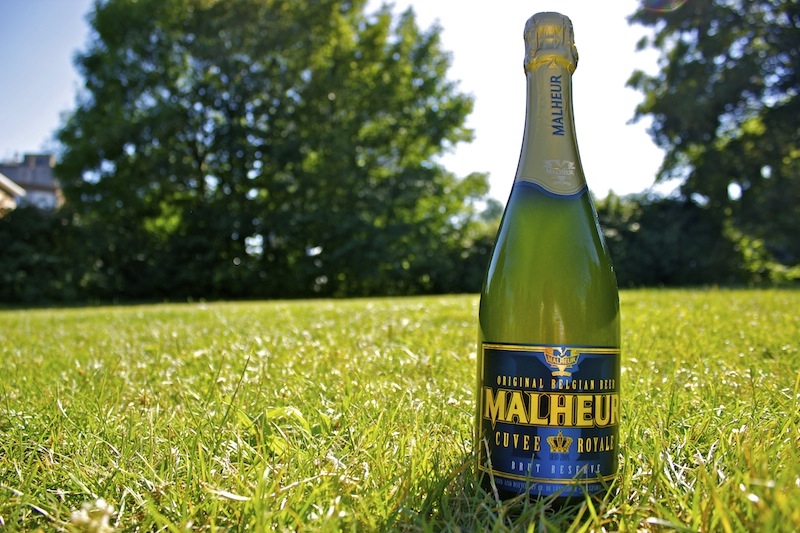
There are two breweries which claim to have created ‘Champagne style beer’: Malheur and Boostels. Both come from the same town in Belgium, Buggenhout. For the purposes of this session, we decided to take a closer look at the Malheur brewery.
MALHEUR | THE BREWERY
‘Malheur’ is the French word for ‘misfortune’. The reference is to ‘mishaps’ that can be laughed at among friends and enjoyed in retrospection. Perhaps even with a beer.
The cheeky name of the brewery does not really sit with the understated surrounds of the brewery.
Head brewer, Thomas De Moor showed us around the brewery and explained the story of the its owner, Manu De Landtsheer.
Manu De Landtsheer’s family has been involved in brewing for what seems like forever. His great great grandfather took over the helm. His grandfather Emmanuel brewed out of a homestead-farm-brewery in Bassrode-Zuid. His father, mayor of Buggenhout for thirty-three years, continued to brew there. But the emergence of pilsner and the popularity of lagers forced the closure of the family brewery just before WWII as it had done so many others.
Manu couldn’t accept this. Having spent his childhood in the brewery and his late teenage years picking hops that the De Landtsheers grew in their fields, he wanted the family brewery back. When his father died in 1991 he felt he had to do something about it. So in August 1997, he started up a Landtsheer family brewery once more under the name ‘Malheur Brewery’.
HOW A NEW BEER CAME ABOUT – THE MICHAEL JACKSON STORY
The story of the ‘Champagne style’ beer begins with Michael Jackson, the celebrated ‘Beer Hunter’ and beer writer (as opposed to the pop star of ‘Neverland Ranch’ fame).
The other brewery in Buggenhout – Bosteels – who also lay claim to the creation of this style of beer recount their relationship with Jackson as the reason for the brewing of their first ‘Deus beer’. Either way, Jackson kicks off the story.
“Jackson and an American friend paid a visit to Malheur on one of their trips to Belgium,” says Thomas De Moor, Head Brewer at Malheur. “Over a beer, Jackson casually asked Manu what his ultimate dream in brewing might be. Manu replied that he wanted to make a beer like they make Champagne in France.”
Thomas explained that the conversation went something like this:
“Why don’t you do it?” asked Jackson.
“I have no customers for that”, replied Manu.
Jackson’s American friend piped up – “I’ll take your first container”. He was a Belgian beer fanatic, a member of his own Belgian beer club in the States, and hungry for something new.
“Ok”, smiled Manu. “I’ll start production”.
And so it began.
Manu went on to make many visits to the Champagne region of France to study methods of production there. He was also able to secure Champagne yeast and to hire machines which acted as his rémuage robots.
Notably, EU regulations stipulate that these beers cannot be called ‘Champagne’ beers and this is why I refer here always to ‘Champagne style’ beers. However, the designation ‘Brut’ is often used on these bottles, a label used frequently with Champagnes and sparkling wines to denote the level of dryness of the drink.
HOW DO YOU MAKE ‘CHAMPAGNE STYLE’ BEER?
So how do you go about making a ‘Champagne style’ beer?
“The process starts off with the conventional brewing process,” says Thomas. “Malheur’s three Champagne-style beers begin as three of our other top-fermented ales. The Malheur 8 becomes the Malheur Cuvée Royale. The Malheur 10 becomes the Malheur Bière Brut ‘World Classic’. And the Malheur 12 becomes the Malheur Brut Dark.”
“After brewing, the top-fermented ale is poured into Champagne style bottles for a secondary fermentation,” continues Thomas. “This can take anywhere between 3 months and a year. After that, they get ready for the Champagne treatment.”
Champagne style bottles are used so that the yeast deposits can more easily be removed during rémuage or ‘riddling’, essentially the process by which these yeast deposits are forced to flow into the neck of the bottle. “The bottles are placed down horizontally and then turned slightly every two days so that they face more towards the floor with each rotation,” says Thomas. “After two weeks they will be almost upside down and all of the yeast deposits will be sitting in the neck.”
After the rémuage comes another process closely associated with the production of Champagne: the dégorgement. “This is the process of removing the yeast,” says Thomas. “It is achieved through freezing the neck of the bottle by dipping it into ice water.”
The deposits freeze and a small ice cube is formed in the neck of the bottle. “When the bottle is opened, the pressure from within the bottle pushes the little ice cube out along with the sediment,” says Thomas. “Some extra sugars are added before the bottle is corked, capsuled, wire caged, labeled, collared and prepared for sale.”
The whole process is known as Méthode Champenoise.
WHAT DOES IT LOOK AND TASTE LIKE?
The Malheur Cuvée Royale is a blond sparkling beer of 9% ABV brewed in 2005 to commemorate Belgium’s 175th anniversary as an independent country. The bottle itself is a 750ml Champagne-style bottle, corked and caged and pours like a Champagne; it’s got a meringue like head – a huge foam of tiny champagne bubbles.
In the nose, it’s as lively as its appearance – fresh apples, vanilla and citrusy spices with a dry and crisp floral quality in the taste.
There were no ‘malheurs’ or ‘mishaps’ in the making of this one.





